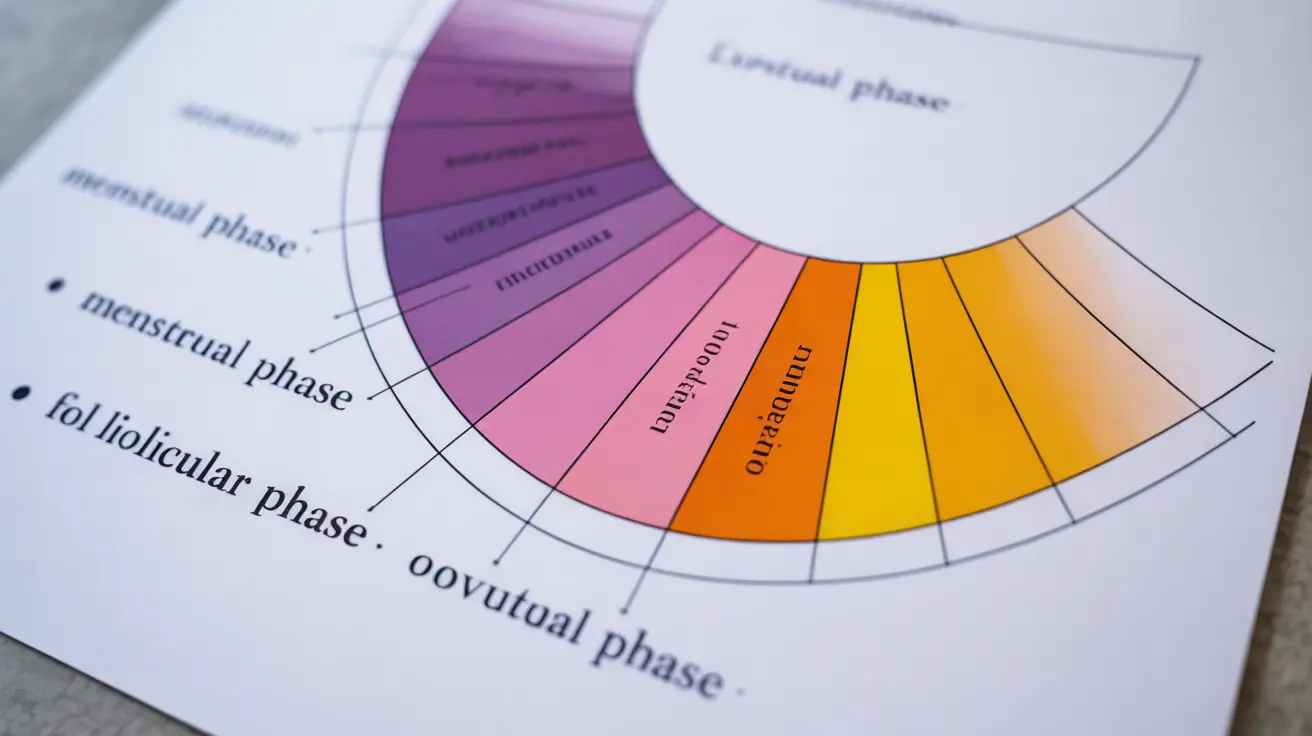The luteal phase, a crucial part of your menstrual cycle, plays a vital role in fertility and reproductive health. Understanding how to lengthen your luteal phase can significantly improve your chances of conception and maintain a healthy pregnancy. This comprehensive guide explores effective strategies, from natural remedies to medical interventions, that can help optimize your luteal phase length.
Understanding the Luteal Phase and Its Importance
The luteal phase occurs after ovulation and typically lasts 12-14 days. During this time, progesterone levels rise to prepare the uterus for potential pregnancy. A short luteal phase can make it difficult to conceive or maintain a pregnancy, making it essential to address any underlying issues affecting its length.
Signs of a Short Luteal Phase
Common indicators of a short luteal phase include:
- Spotting several days before your period
- Cycles shorter than 28 days
- Period starting less than 10 days after ovulation
- Difficulty conceiving despite regular ovulation
Natural Methods to Lengthen Your Luteal Phase
Dietary Changes
Specific nutrients can help support progesterone production and luteal phase health:
- Vitamin B6-rich foods (poultry, fish, potatoes)
- Vitamin C (citrus fruits, berries, leafy greens)
- Magnesium-rich foods (nuts, seeds, whole grains)
- Zinc (lean meats, shellfish, legumes)
Supplement Support
Consider these supplements after consulting with your healthcare provider:
- Vitamin B-Complex
- Evening Primrose Oil
- Vitex (Chasteberry)
- Magnesium
Lifestyle Modifications for Luteal Phase Support
Stress Management
Chronic stress can significantly impact hormonal balance and luteal phase length. Implement these stress-reduction techniques:
- Regular meditation or mindfulness practice
- Gentle yoga
- Deep breathing exercises
- Adequate sleep (7-9 hours nightly)
Exercise Recommendations
Balance is key when it comes to exercise during your cycle:
- Moderate-intensity activities
- Avoid excessive high-intensity workouts
- Include strength training
- Practice gentle movement during luteal phase
Medical Interventions
When natural methods aren't sufficient, medical treatments may include:
- Progesterone supplementation
- Clomid or other fertility medications
- HCG injections
- Specialized fertility treatments
Frequently Asked Questions
What are the most common causes of a short luteal phase and how do they affect fertility?
Common causes include hormonal imbalances, thyroid disorders, excessive exercise, and stress. These factors can reduce progesterone production, making it difficult for the body to maintain optimal conditions for implantation and early pregnancy.
Which foods and supplements can help naturally lengthen the luteal phase and support progesterone production?
Foods rich in B-vitamins, vitamin C, magnesium, and zinc can support luteal phase health. Key supplements include vitamin B-complex, evening primrose oil, vitex, and magnesium, though these should be taken under medical supervision.
What lifestyle changes, such as diet, exercise, and stress management, can improve luteal phase length?
Focus on maintaining a balanced diet, engaging in moderate exercise, practicing stress-reduction techniques, and ensuring adequate sleep. Avoid excessive high-intensity workouts and implement regular relaxation practices.
When should someone consider medical treatments like progesterone supplements or fertility medications for a short luteal phase?
Consider medical intervention if natural methods haven't shown improvement after 3-6 months, if you're actively trying to conceive without success, or if your luteal phase consistently remains under 10 days.
How do you know if you have a luteal phase defect, and what tests can confirm the diagnosis?
Track your menstrual cycle and basal body temperature to identify potential issues. Diagnostic tests may include blood progesterone levels, endometrial biopsy, and ultrasound monitoring. Consult with a healthcare provider for proper evaluation and diagnosis.




